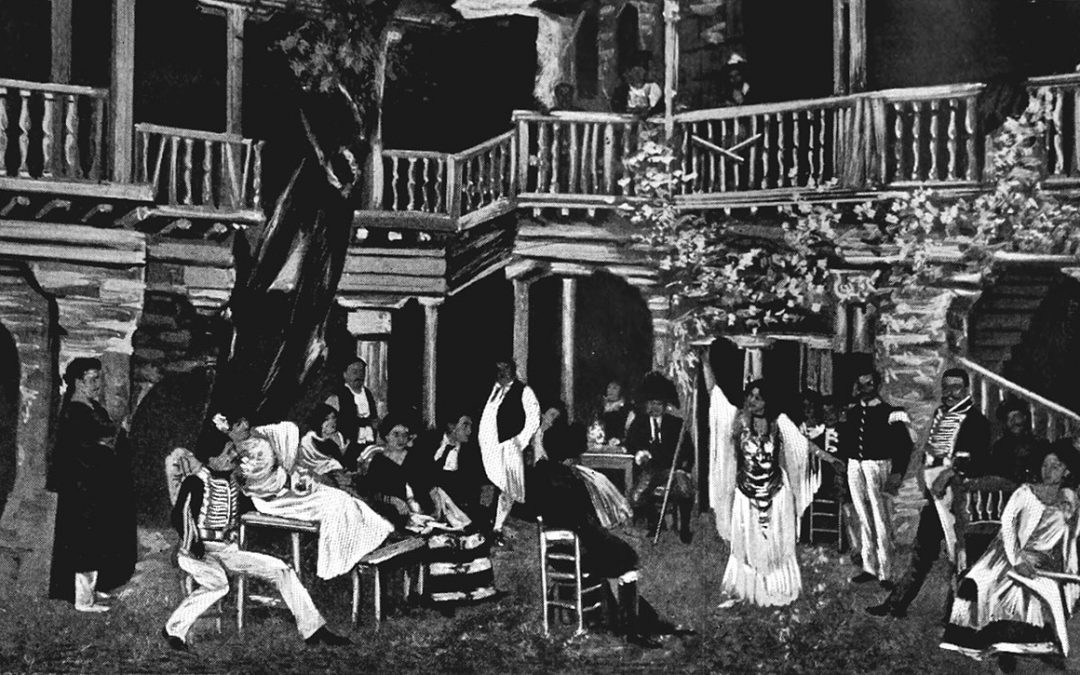Bizet wrote his famous opera Carmen towards the end of his life. The plot — a gypsy woman who seduces a soldier, joins a smuggler band in the mountains, falls in love with a toréador (bullfighter), and is finally murdered by her rejected soldier — shocked French audiences for its portrayal of lower-class life, realism and debauchery. Unfortunately for Bizet, the opera was not a success, and he died an untimely death just three months after the premiere.
After his death, however, Bizet’s close friend Ernest Giraud made substantial changes to the opera’s format, and Carmen is now recognized as Bizet’s operatic masterpiece. Giraud subsequently arranged two suites from Carmen’s music. The first Carmen Suite which we’re performing today, includes five instrumental sections, including the famous “Les Toréadors;” a sixth movement, Carmen’s “Séguidille,” was arranged by the German composer Fritz Hoffman in the early 20th century and is now commonly included in the Suite.
While the movements are not in the order of the opera, they are atmospheric in themselves: the “fate” motif of the Prelude; the rhythmical Spanish Aragonaise; the dreamy Intermezzo featuring harp and winds; Carmen’s seductive song (Séguidille) “before the ramparts of Seville”; the military motif of the Spanish dragoons (Les Dragons D’Alcala); and, of course, the triumphant procession of the Toréadors from the opera’s prelude and Act 4.
Carmen Suite No. 1
Composed in 1875
By Georges Bizet
Arranged by Ernest Guiraud






